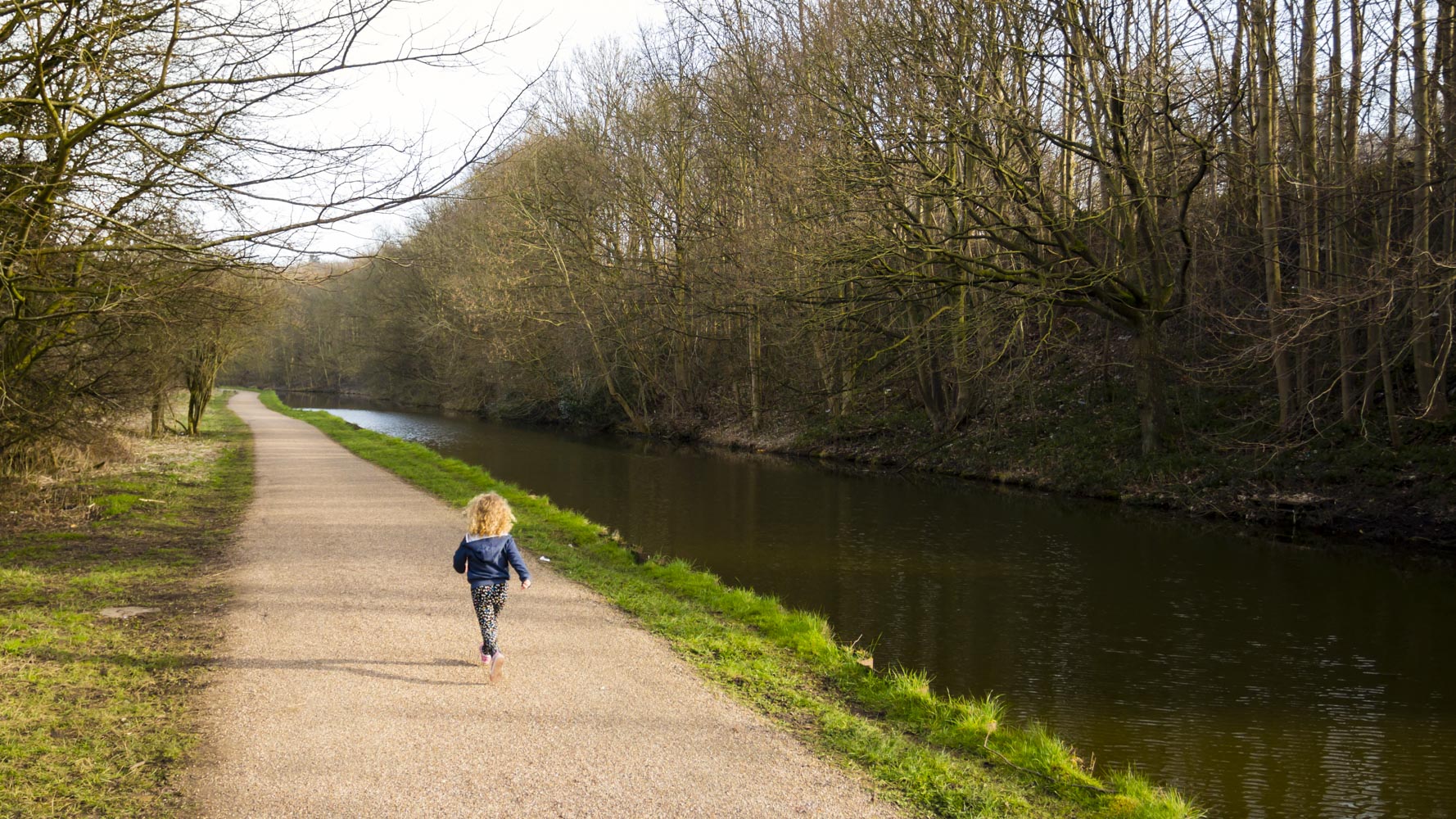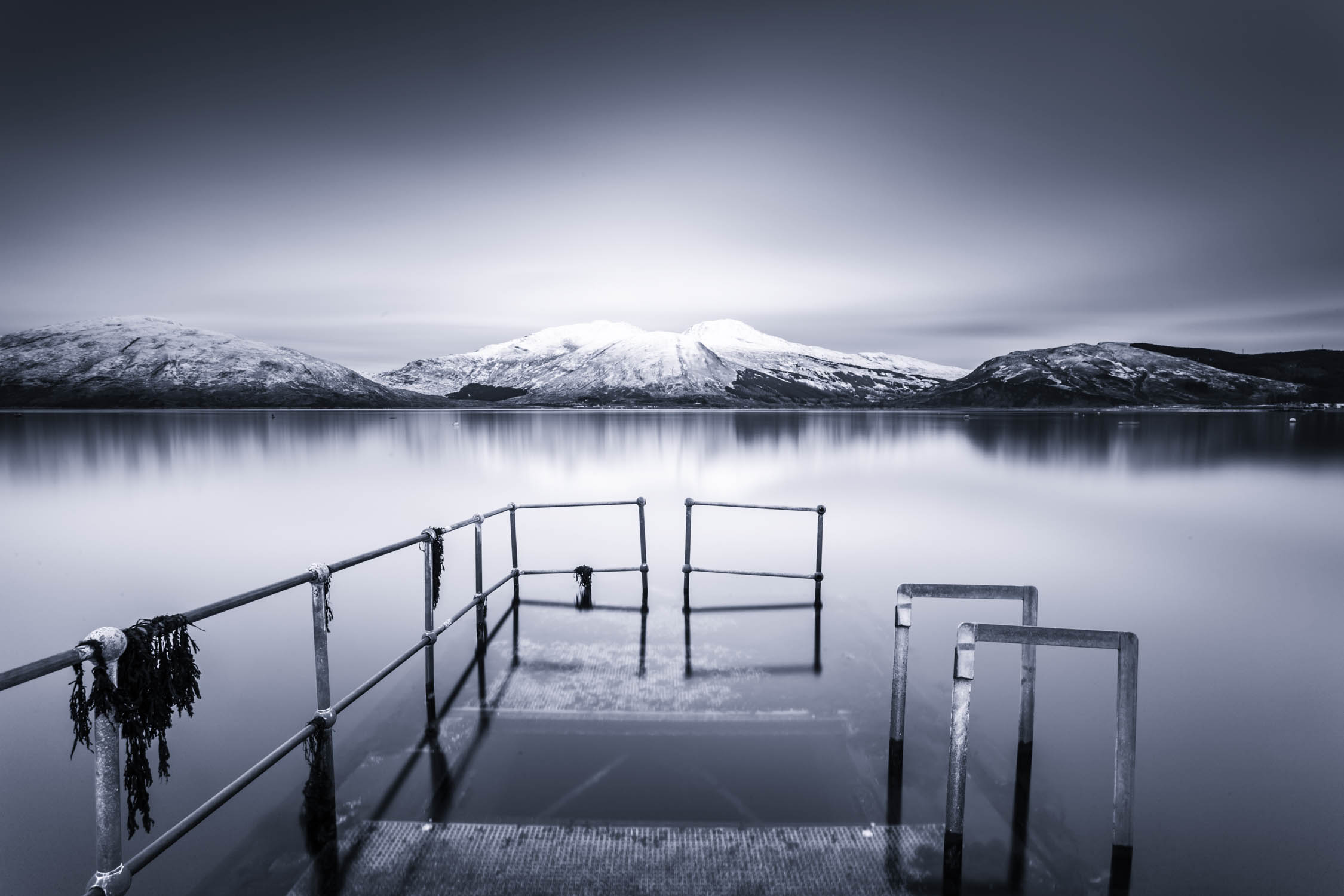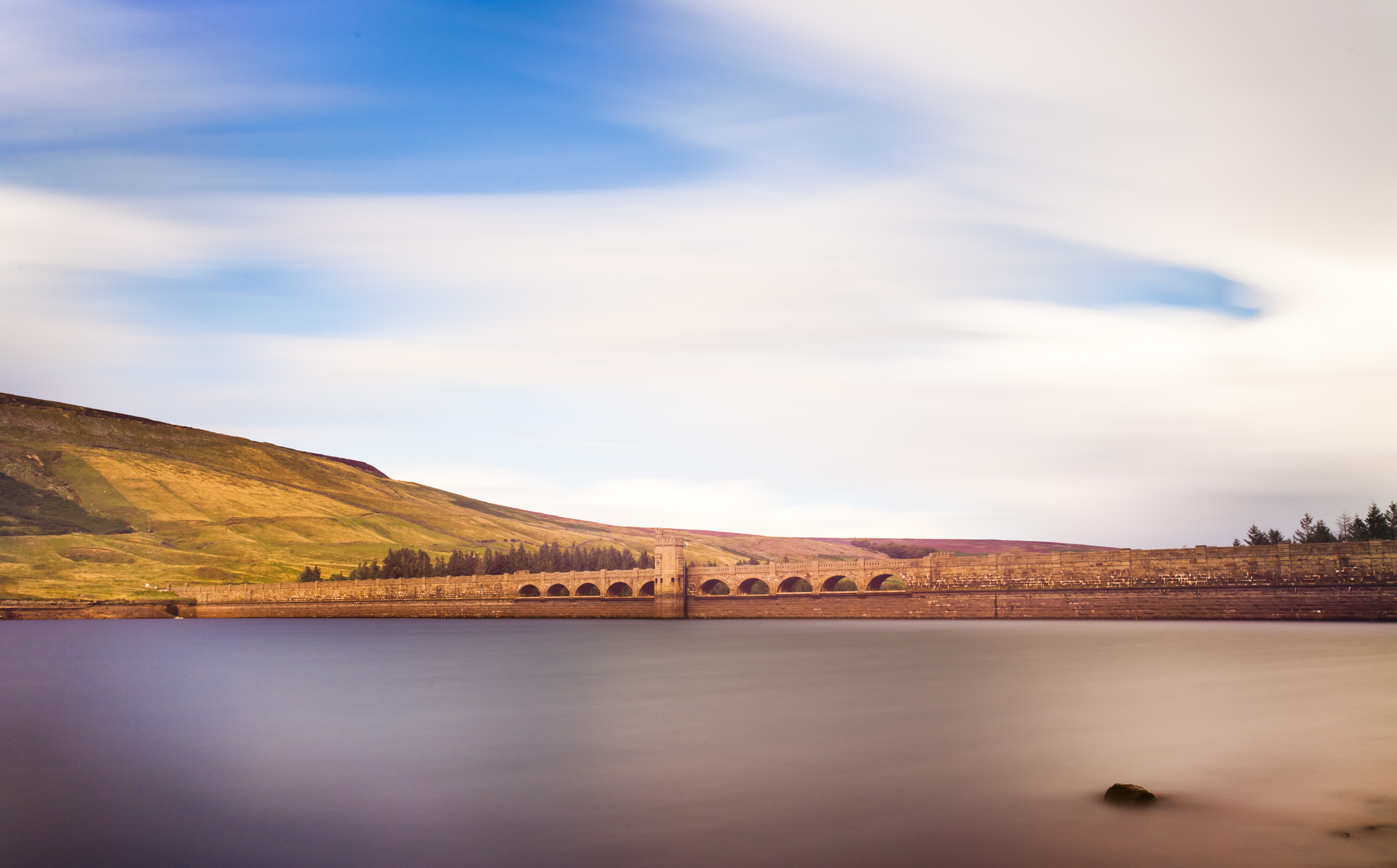Comparing the Canon 5D Mark IV and the Sony RX100 V.
How does the best compact camera compare to one of the best overall cameras on the market?
On the face of it this may seem like an extreme comparison. And it is. However with modern cameras and as electronics get smaller, the gap between top end and lower end is not as big as it used to be. We compare the Canon 5D Mark IV and the Sony RX100 V to test where that gap lies today.
We compare various aspects of each camera to see how they shape up. We are going to look at:
- Weight
- Cost
- Lenses
- Focusing Speed
- Bokeh
- Sensor
- Image quality
Weight
When it comes to carrying a camera around all day, lighter is better. The best compact cameras really excel in this department and the Sony RX100 V is no different. It is light but well made, compact and easy to carry around all day. The Canon DSLR is heavy. Fact. Score one for the Sony.
Cost
These are both expensive cameras but they will reduce in cost overtime to fall in line with more budgets. The Canon is about three times the cost of the Sony so that is round two to the RX100V.
Lenses
The Sony scores an early point in this round thanks to actually coming with a lens. It has a fixed 24-70mm lens that is a perfect range for many situations. The DSLR on the other hand does not even come with a lens. Lenses are hugely expensive and add significant cost to the ownership of a DSLR camera. However, the ability to change lenses means the camera is much more versatile allowing shots from a super wide to a super zoom. This round is a tie.
Focusing Speed
The focus system on the Canon 5D Mark IV is one the best ever to be placed into a camera. It is fast, accurate and rarely misses but also functions in very low light. However, Sony claim the focus system on the RX100V is the fastest ever to be produced focusing in just 0.05 seconds. In the video we put this to this test and discover the Sony is ever so slightly faster. Impressive.
Bokeh
During testing both cameras were packing a 24-70mm lens capable of shooting f2.8. My old friend Optimus Prime stepped in as model and some carefully positioned fairy lights were employed to create some bokeh balls. The Sony produces a decent amount of blurred background but the quality of this, or bokeh, is not massively high. The bokeh balls are small, squidgy and misshapen and not hugely pleasant to look at. On the other hand the 5D produces beautifully round bokeh balls that are dreamy and delicious. Score one for the Canon. Not surprising given the larger lens and larger sensor.
Sensor and Image Quality
The Sony boasts an impressive one inch sensor considering the overall size of the package. It is right in line with Sony's current trend of creating great sensors. It produces excellent images in most conditions including low light. Sadly size matters when it comes to sensors. Having the ability to physically capture more light gives the full frame Canon 5D mark IV the juice to capture some truly spectacular images. This is two points to the Canon.
Adding up overall we have a tie game. This is fitting. Whilst the Canon 5D Mark IV is a much better camera in terms of image quality, it is not for everyone. It is expensive and DSLR's can initially be more complicated to use than other cameras. On the other hand the Sony RX100 V is very straightforward and easy to pick up for the first time and start capturing images. It is less versatile than the camera but also cheaper and lighter.
Overall we are not currently at risk of retiring our DSLR's but the compact camera definitely packs a much bigger punch than its small form factor would suggest.
Please leave a comment down below and let me know which you prefer and and what you think of the extreme comparison.
Subscribe to the YouTube channel.
- Buy the Canon 5D Mark IV in the UK - http://amzn.to/2hi2Kti
- Buy the Canon 5D Mark IV in the US - http://amzn.to/2grqHyJ
- Buy the Sony RX100 V in the UK - http://amzn.to/2hrhDtT
- Buy the Sony RX100 V in the US - http://amzn.to/2gNWFS2








